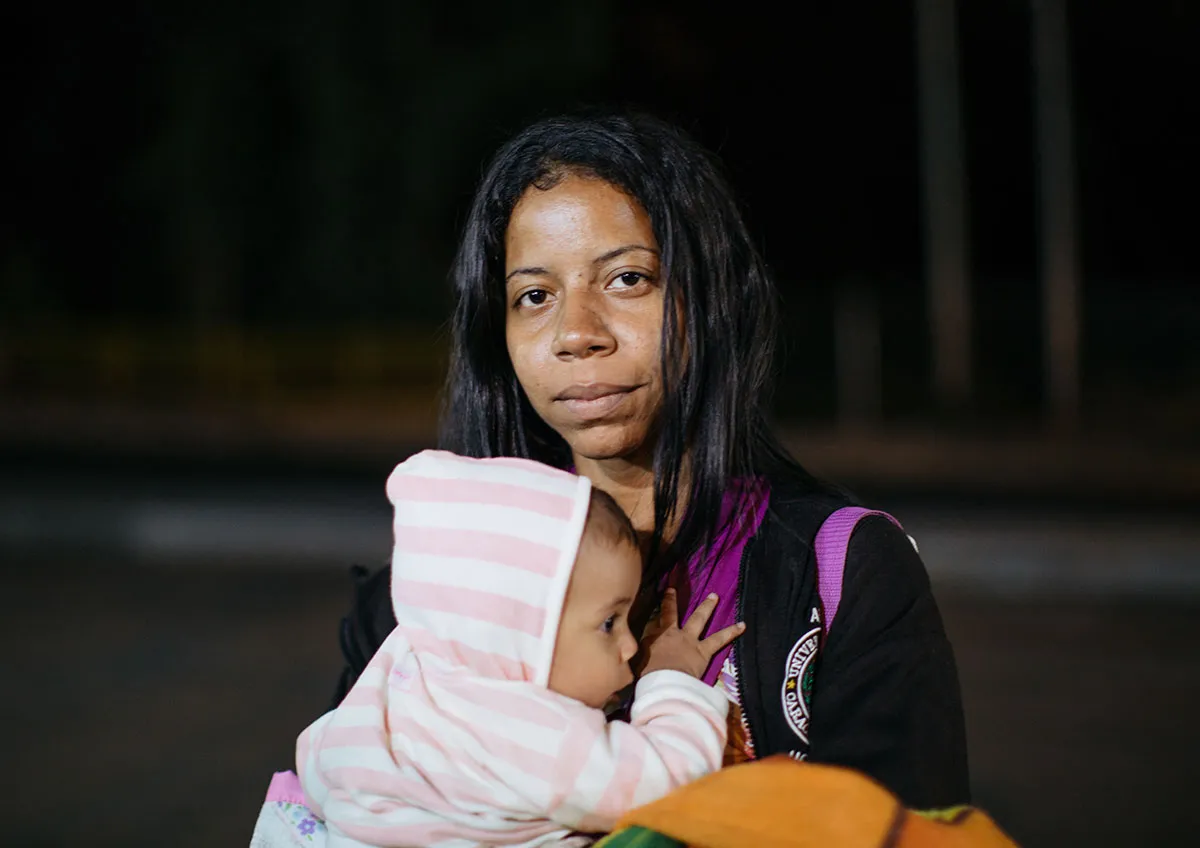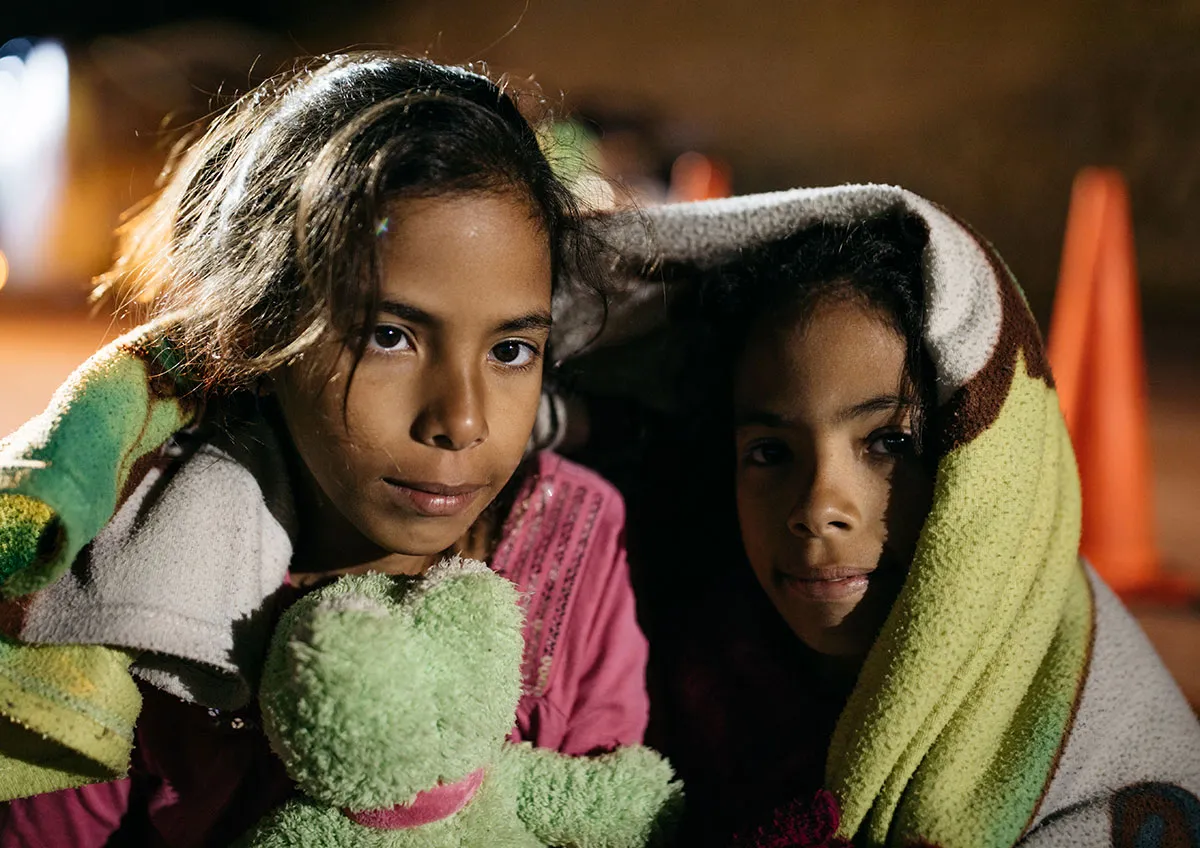About the Venezuela Crisis
Venezuela is experiencing an unprecedented and man-made humanitarian crisis. Seven million people in the country need humanitarian assistance. More than 3 million people — about 10% of the population — have fled the country as a result of political instability, hunger, inflation, poverty, and soaring crime rates. It has been described as the largest exodus in Latin America in a hundred years. Most of the refugees have fled to nearby countries, including Ecuador, Peru, and Colombia.
In 2019, Ecuador introduced new legal measures that require Venezuelan citizens to have an entry visa to enter the country. This vastly reduced the number of refugees that can enter Ecuador, and leaves those Venezuelans more vulnerable to abuse, violence, and trafficking, as well as limits their access to health, education, food security, and protection.
Colombia has received the highest number of refugees – there are currently more than 1.7 million Venezuelans living in the country, and that number is expected to grow. The mass exodus of people leaving Venezuela for Colombia has led to increasing resentment and xenophobia in Colombia, which itself is struggling with a political and social crisis.


